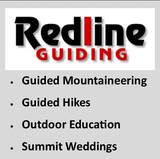|
Jason Berard is Stewardship Director at Upper Valley Land Trust. MOUNTAIN PEOPLE: How long have you hiked, and how did you get started? JASON BERARD: My parents used to take us to nature preserves when we were living in Virginia Beach in the early 70s while my dad was stationed at Norfolk, Virginia Naval Air Station. My first “mountain” was Mt. Trashmore [landfill turned into parkland in Virginia Beach]. My first real mountain didn’t come until my family had moved back to Vermont in 1977. We climbed Mt. Pisgah [in the Lake Willoughby area of Vermont]. We had a camp on Newark Pond, which is nearby. Of the peaks in the Willoughby area, Bald Mountain is my favorite. One of these days I want to hike it from Bald Mountain Pond. Hiking in the White Mountains came a few years later during a stint in the Boy Scouts. MOUNTAIN PEOPLE: Mount Trashmore-- too funny. So you moved to Vermont as a kid and stayed there? Were you in the Upper Valley or some other part of Vermont? JASON BERARD: My family has lived in Vermont (Shaftsbury area) and New Hampshire (Acworth)-- and Massachusetts (Baldwinville, Shutesbury) since the mid-1700s, but I was born in Maine. We move to St. Johnsbury and into my grandfather’s house, which had been vacant for a year after his death. My parents still live there. MOUNTAIN PEOPLE: If I recall correctly, you went from a career in art to land conservation? JASON BERARD: As mentioned previously, I grew up in St. Johnsbury Vermont, and within walking distance from my house were two amazing institutions. The first, was the Fairbanks Museum and Planetarium, which houses a collection of natural history and cultural artifacts (think lots of taxidermy!), and also had a “live animal museum” out behind the building with various animals that had been brought to the museum to be rehabilitated but could not be released for one reason or another. The second, is the Athenaeum which houses a fantastic library, and also a really remarkable collection of Hudson River School paintings. The centerpiece of the collection is a massive painting called “The Domes of Yosemite” by Albert Bierstadt. The third place that I spent much of my time was the woods around the edges of town, just wandering around with friends (this patch of woods and fields is being protected by Vermont Land Trust as we speak!). During high school, I spent nearly every free moment making art, and through the mentorship of Bill and Kim Darling and Larry Golden I decided to head to Boston University to study painting. After art school, I got a job as a picture framer, as so many art majors do. For the next 15 years I worked doing museum-quality picture framing, art restoration, and gilding (the craft of applying very thin sheets of gold to other objects. In my case, picture frames). After 15 years of framing, and with intermittent art exhibits of my own work thrown in, Licia and I had three small children and some decisions to make. Cost of childcare, among other things led us to decide that I would try to set up my own business and work from our home while being the primary caregiver. During this time, I began volunteering extensively for the Appalachian Trail Conservancy (ATC) and Dartmouth College Outing Club doing trail maintenance, Appalachian Trail boundary maintenance and monitoring, and coordinating the volunteers that did both. The impetus for this work was in part a way to give me something to do that got me out of the house, and also a way to introduce my kids to the idea of stewardship, and also a way to see if I could pivot my career from being art related to land conservation and stewardship. MOUNTAIN PEOPLE: So, at the time you started to volunteer, you were thinking about changing careers and getting into land land conservation stewardship? At what point did you start thinking you wanted to go in that direction, and what was the driving force? JASON BERARD: I was definitely trying to switch careers. Volunteering for ATC had opened my sense of what might be possible in terms of a future career in land stewardship /outdoor recreation. Picture framing was a way to make money that was art-adjacent, and the art restoration and gilding were really fun, but the chemicals are NOT fun! Also, I was searching for a field where I felt like my work would be contributing towards a better society, and this seemed like something that I enjoyed and that I was good at. So, when a spot opened up at Upper Valley Land Trust, I applied. MOUNTAIN PEOPLE: Now that you are full-time conservation stewardship, are you still making art? Or do you find that you have less time for it? JASON BERARD: For the last 15 years, that has mostly been photographs. I do have some projects in mind for drawing and painting. MOUNTAIN PEOPLE: You mention that you wanted a career that would be “contributing towards a better society." Could you sum up how working in the field of land conservation contributes to that (in general, and with regard to the work you do specifically)? JASON BERARD: We protect land for growing food. Much of the land grows food to feed people in the Upper Valley [part of the Connecticut River Valley in Vermont & New Hampshire], which leads to a decreased usage of fossil fuels in the delivery of food. We use some of the land to grow food for the growing number of people who don’t know where their next meal is coming from. We grew 5,190 lbs. of food in 2021, which went to feed hungry people. We participated in Abenaki Land Link, a program with the Nulhegan Band of to Coosuk Abenaki Nation to grow traditional crops to return to the Abenaki people. We permanently protect places for people to learn and play. These include a thousand acres of forests and pocket parks in city centers. Everyone needs access to nature, and we are working to make sure our land conservation efforts serve the whole community. We design trails to minimize barriers to those with mobility disabilities. Where possible, we build fully accessible trails, funds permitting. We are working on a project right now to identify where wildlife connectivity exists along the Connecticut River valley, including where opportunities may exist to restore connectivity through transportation projects (bigger culverts) and tree planting (good cover for critters on the move). We also build our trails to minimize impacts on wildlife. We contribute to water quality protection by protecting land along headwater streams. Large unfragmented forest blocks (where many of these streams are) are critical to wildlife habitat. In every aspect of our work, we engage community volunteers. This is for two reasons. The first is that we need the help! The second, and more important, is that we feel like by engaging volunteers in our work, we are creating community ambassadors for our mission. In the long run, we feel like this is what will lead to an enduring land conservation movement. MOUNTAIN PEOPLE: In your estimation, do most hikers understand what went into building the trails and protecting the land that the trails are on? JASON BERARD: I certainly didn’t when I started! I guess I figure most people are on a sort of “journey of discovery” when it comes to that. The culture of trail stewardship seems to be strong these days. Groups like Trailwrights, White Mountain Collective, and Jolly Rovers seem to have a high profile and attract lots of volunteers. It feels to me like its better now than it was 15-20 years ago. I suspect that the level of awareness goes up for most people the more miles that they hike. MOUNTAIN PEOPLE: What is the most difficult challenge for you, personally, with regard to land conservation stewardship? (and has that changed over the years)? JASON BERARD: That has changed over time, and I suspect it will continue to change. Early on, the most difficult challenge for me was the weight that I felt to steward these conservation easements and ensure “perpetuity” [making sure the conservation values of the land are protected forever], whatever that is. At other times, it has been my frustration at having to pick up after people (dog waste, trash, Mylar balloons, illegal dumping--air conditioners, tires, etc.). Then there is the challenge of managing a stewardship program with less resources than we need. What I have found serves me best in dealing with all of these challenges is to not take my work quite so seriously, to acknowledge that I’m doing the best that I can, to assume that others are as well, and to find joy and humor in the work. Someone told me recently that what we attend to grows, and I’ve been ruminating on that since. I think it makes a lot of sense. MOUNTAIN PEOPLE: And yet not all trash found in the woods is "trash." Tell me about your “weird shit in the woods” Facebook posts. JASON BERARD: “Weird shit in the woods”: that started as a series of posts that generally depict human impacts to areas that have since enveloped those human alterations. Basically- things that now seem out of place given that the woods have since taken over. These include abandoned cars/farm equipment, old quarries, mines, canals built by the Shakers, plane crashes, camps from hermits (look up Alan Como), etc. But also, I think the theme more generally applies to things you find that aren’t where you expect them to be. A recent example is that I found some hepatica growing under a stand of hemlocks, which is unusual since hepatica generally grows under hardwoods. Above, a collection of Jason's "weird shit in the woods." MOUNTAIN PEOPLE: You mentioned "perpetuity" in your previous response, and I’d like to dig into that a bit. The textbook definition is that conservation land (and maybe the features contained within) are going to be taken care of so that they will be around forever. What is your take on it? JASON BERARD: Forever, or as long as the US judicial system exists, I suppose. Nothing is permanent except change. I think in the best possible world, we’d be protecting the ecological systems that permit the land to adapt and thrive in an ever more rapidly changing world. MOUNTAIN PEOPLE: With regard to hiking, your stewardship role has allowed you to become very familiar with the Upper Valley area. What are some of your favorite hikes there (and why)? What are some of your favorite non- upper valley hikes? JASON BERARD: I just found out yesterday that I have completed 1,000 easement monitoring visits for UVLT as I enter my 13th year there. I am incredibly privileged that I am paid to spend time getting to know the people and places that make the Upper Valley what it is. Many of these rambles are solo, and really, my favorite places or hikes are the ones I get to share with friends. I’d also say that my favorite hikes often include equal time on and off trail, and include a familiar favorite spot, but also a new discovery. As for a list, right now I would include the following in the Upper Valley: Smith Pond Shaker Forest, Smarts Mountain (the Appalachian Trail corridor specifically), and Mount Cube. Outside of the Upper Valley, Baxter State Park, hands down. MOUNTAIN PEOPLE: What is your most memorable hike and/or experience in the woods (and why)? JASON BERARD: Most memorable: I have to say this hike. I wish I didn’t: Hiker Dies on Haystack Mountain. MOUNTAIN PEOPLE: Oh man, what a difficult and sad experience. Sorry you went through that, but it was probably good you were there. If this isn't too personal a question, what did you take from that experience? JASON BERARD: Well, I guess that there are a lot of things to take from that experience. I had learned CPR just three weeks prior to this hike because it was required to operate a chainsaw while doing trailwork on the Appalachian Trail as a volunteer. Even though my efforts were not successful, my hiking companion and I could at least be sure that we had done everything we could to help Ray, which gave Ray’s family and friends great comfort. Us, too. MOUNTAIN PEOPLE: If you were in the position to offer advice to hikers just starting out hiking, what would you say? JASON BERARD: Along the path there are so many opportunities for discovery, take those opportunities! Whether it is birds, tracks, trees, plants, geology, what have you. It is all there and will enrich your time while hiking and not hiking alike! MOUNTAIN PEOPLE: You described what was a really difficult trail experience. What was your most uplifting or inspiring memorable experience? JASON BERARD: Most uplifting: so many choices! One very fulfilling aspect of my work is to be able to be out on a conservation area where we’ve raised the funds protected a place, built trails and a trailhead parking area (all with community support in terms of volunteerism and donations) and be out enjoying a place myself and meet people doing the same. Often a conversation ensues about how many people it took to make that experience possible. Usually, a lightbulb goes on for the person that these places need the support of the whole community to exist, and that they have benefitted from that work and can get involved and be a part of that. To know that what I do is helping make those connections is what uplifts me. All photos by Jason Berard or UVLT
1 Comment
Linda
5/31/2022 12:29:26 pm
Jason Berard is a citizen to treasure. Gifted, generous, and effective. We’re fortunate to have him in our midst.
Reply
Leave a Reply. |
TOPICS
All
Humor (The Parsnip)

|
Proudly powered by Weebly
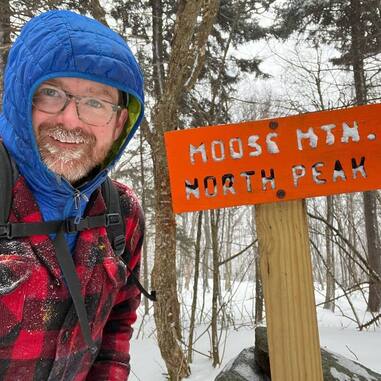
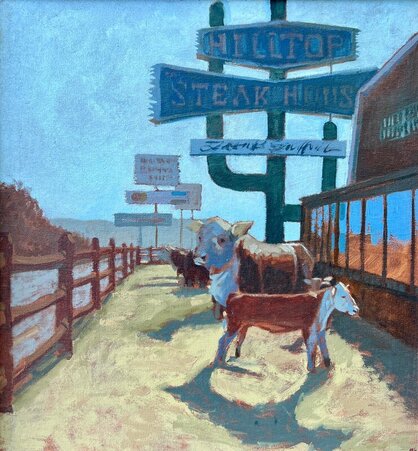
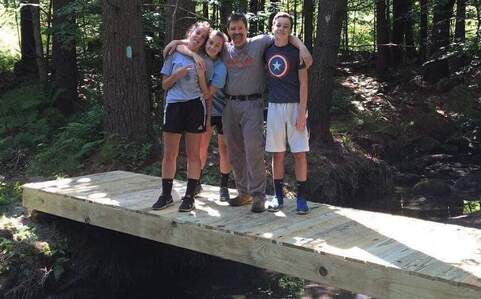
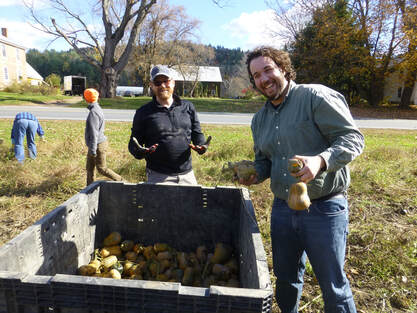
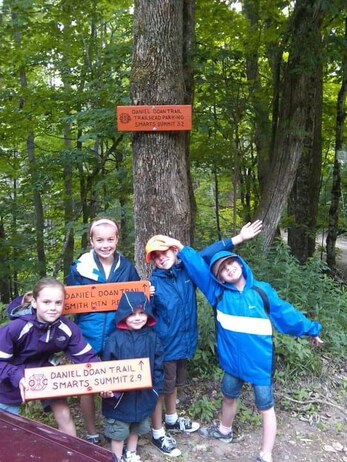
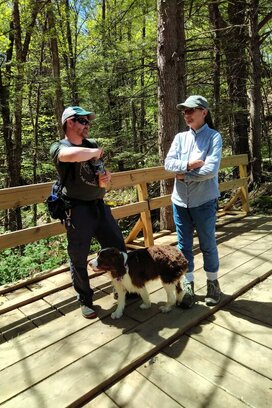
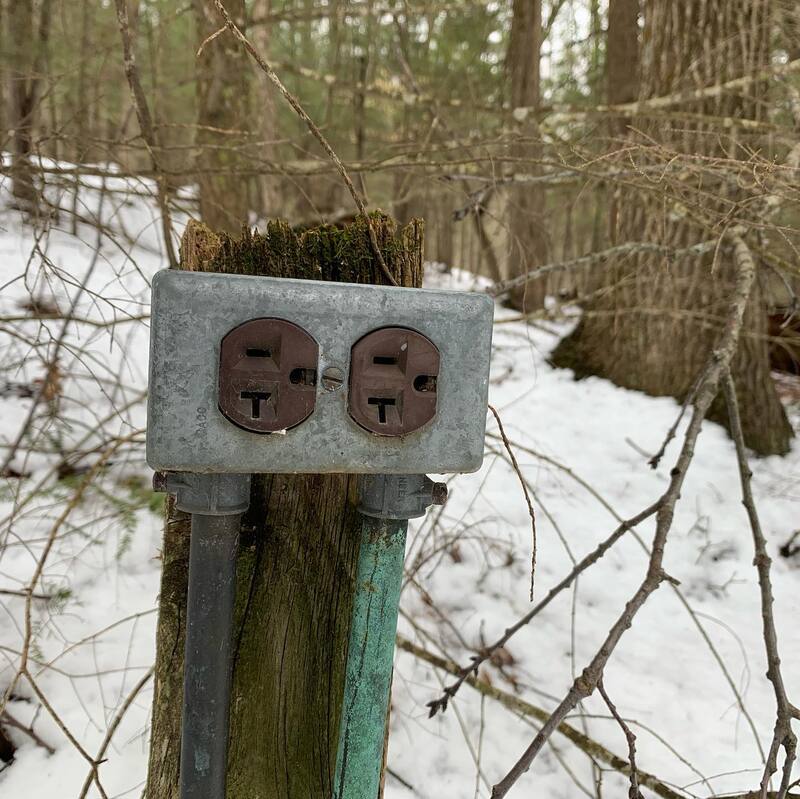
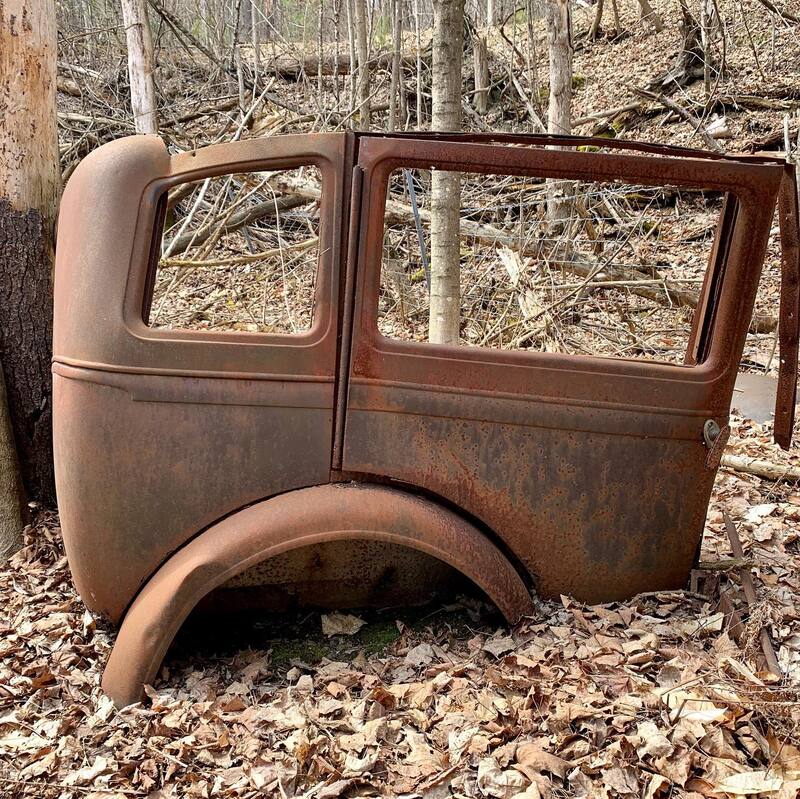
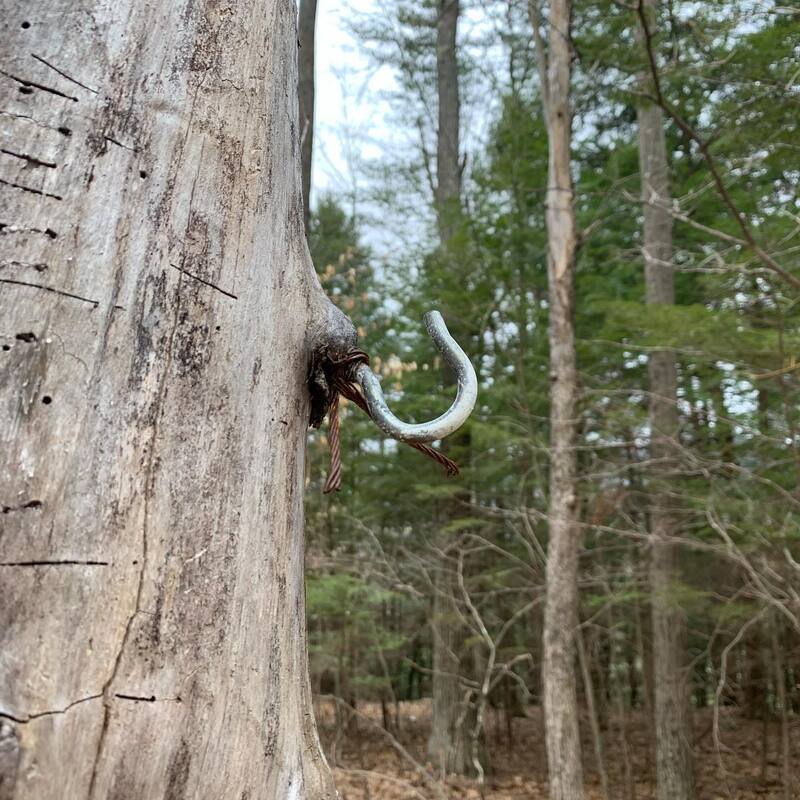
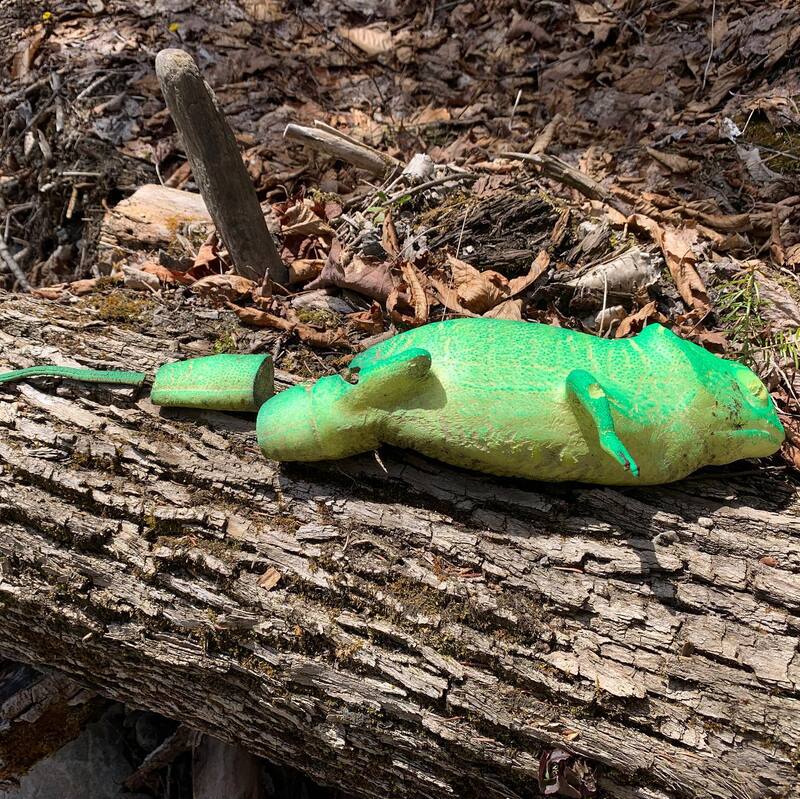
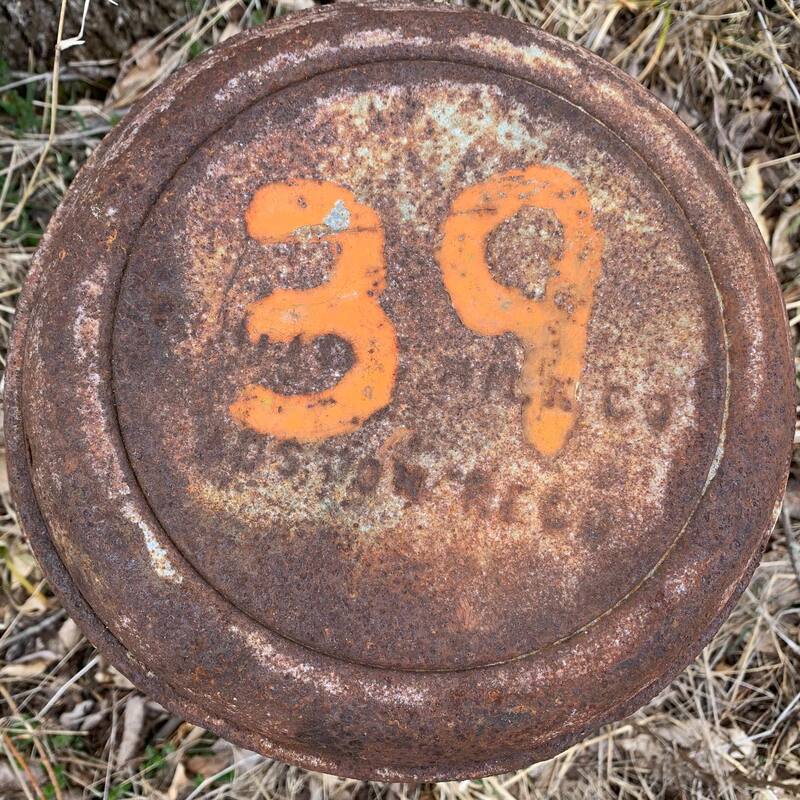
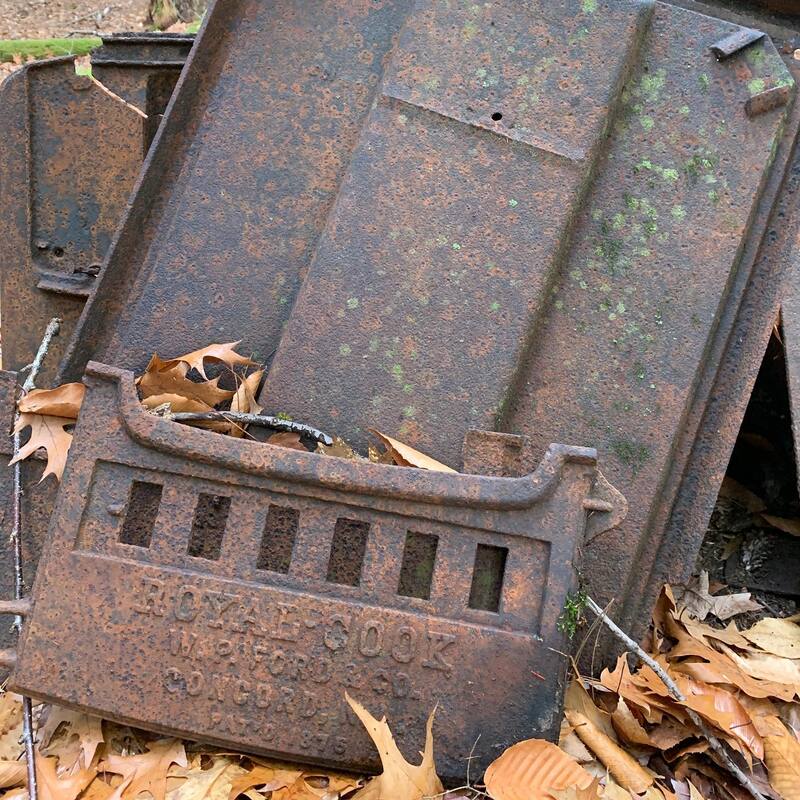

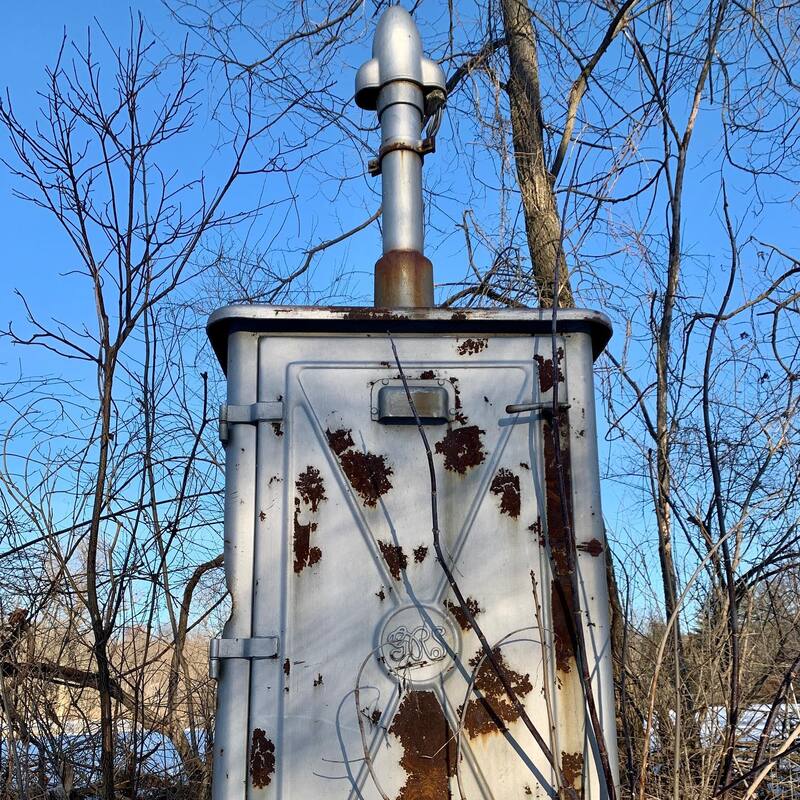
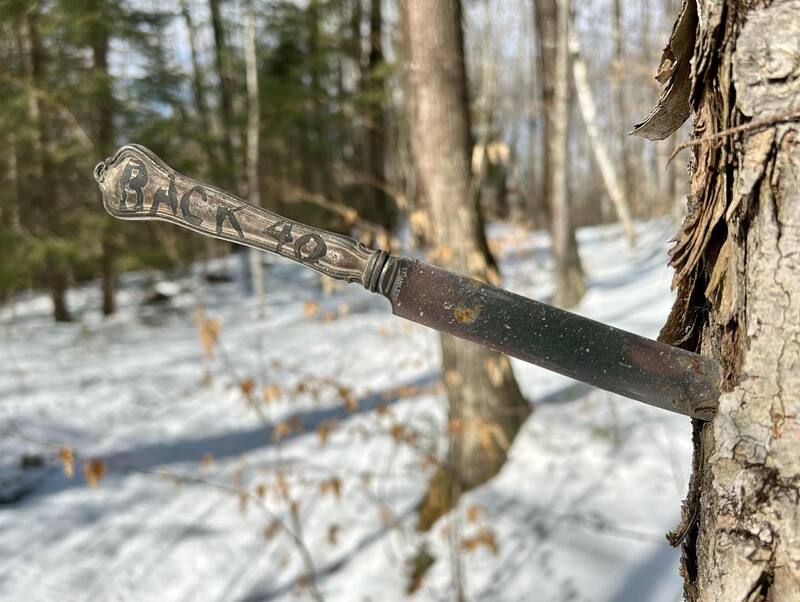
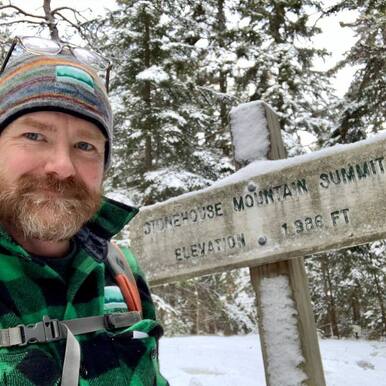
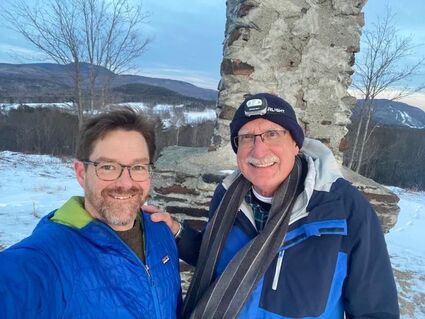
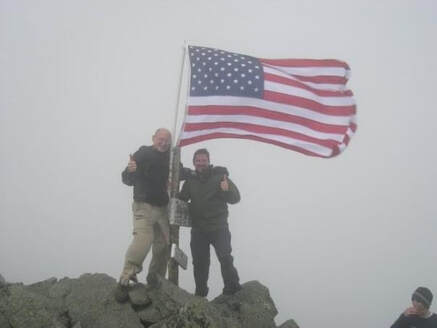
 RSS Feed
RSS Feed
